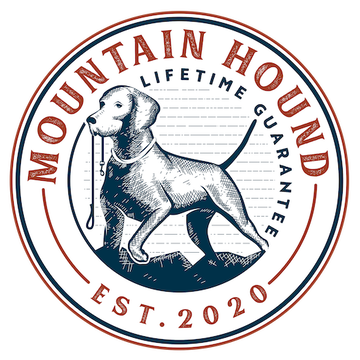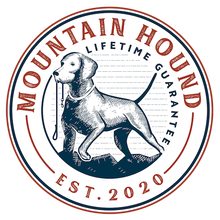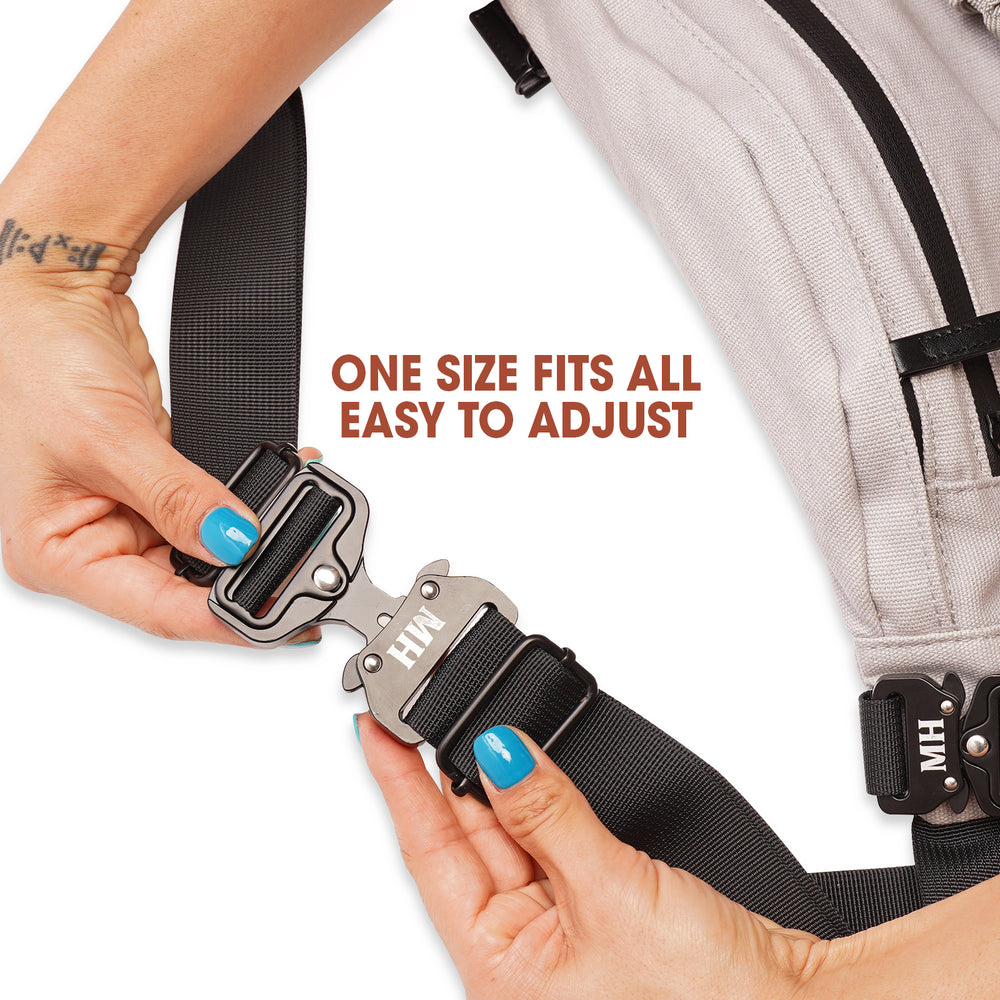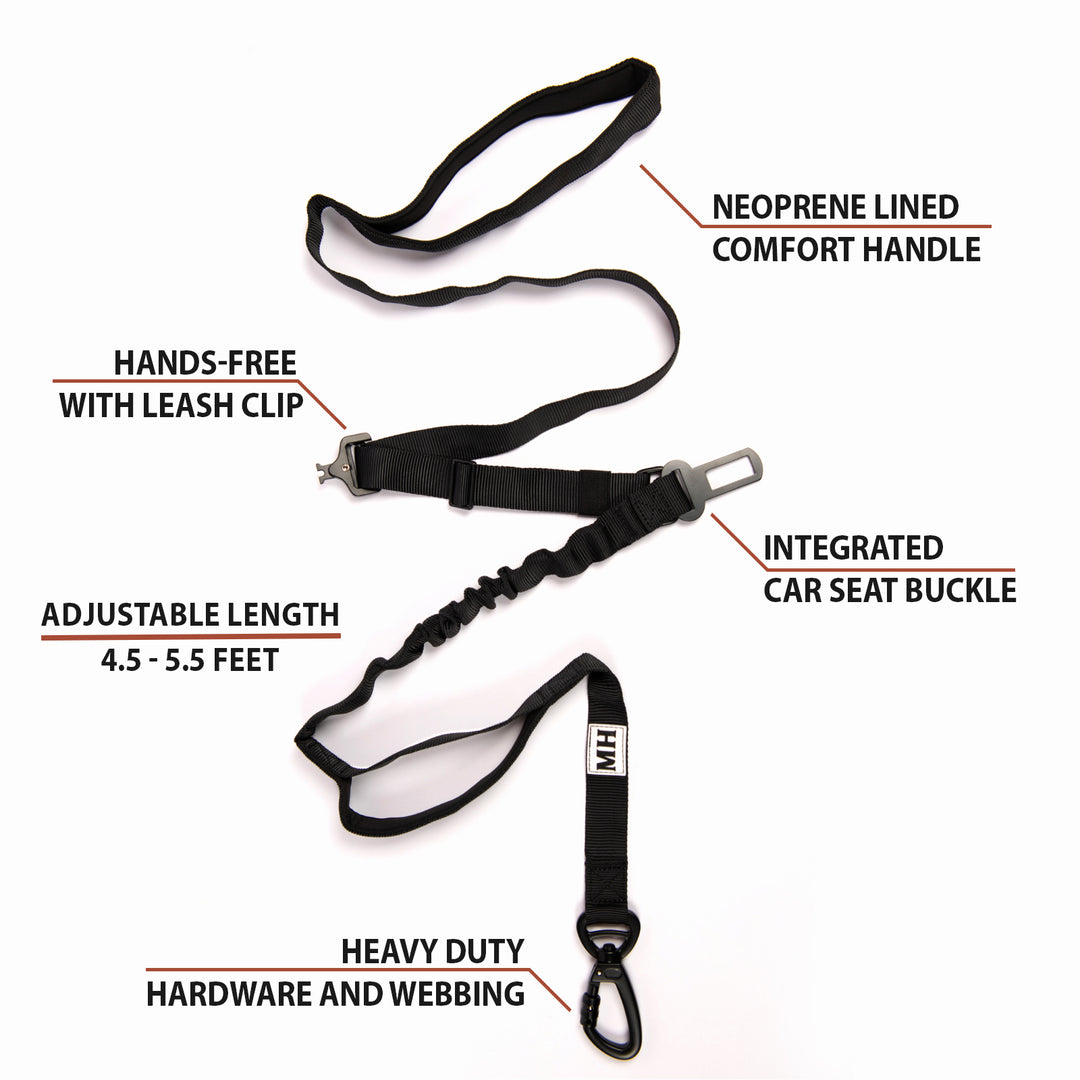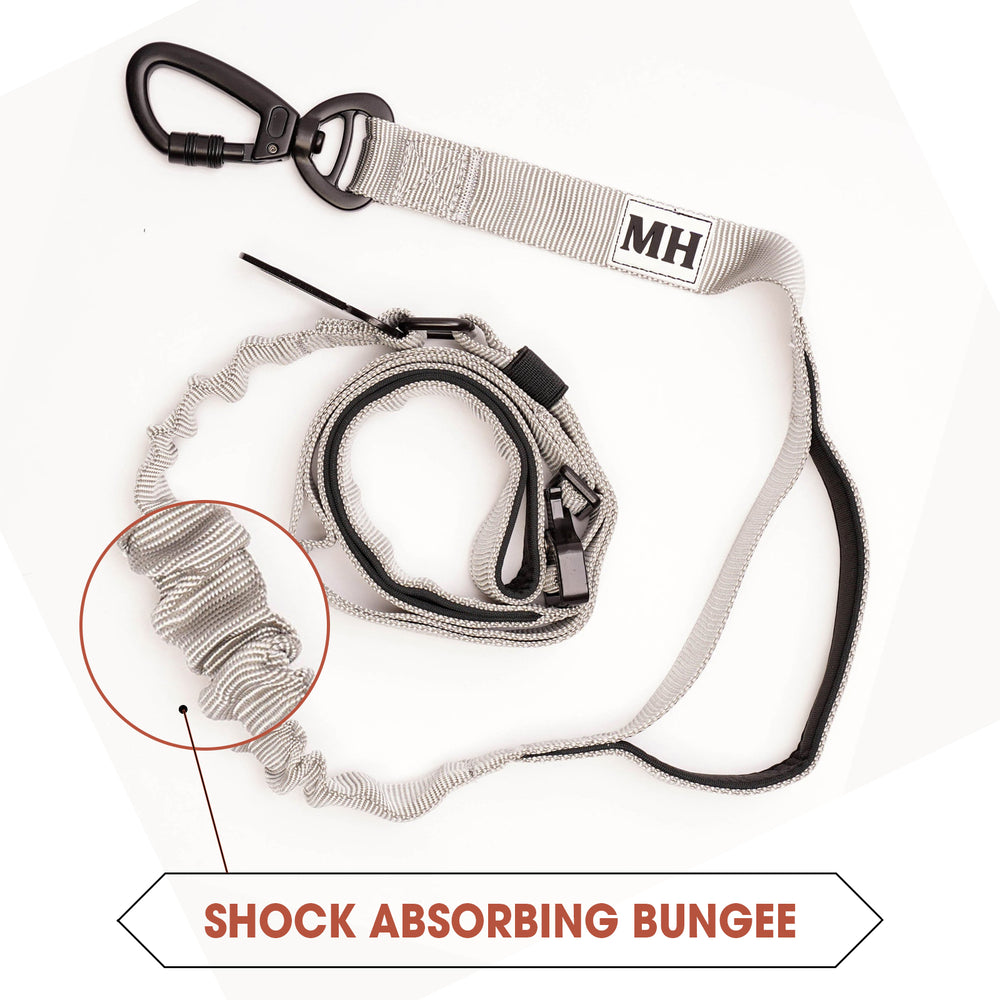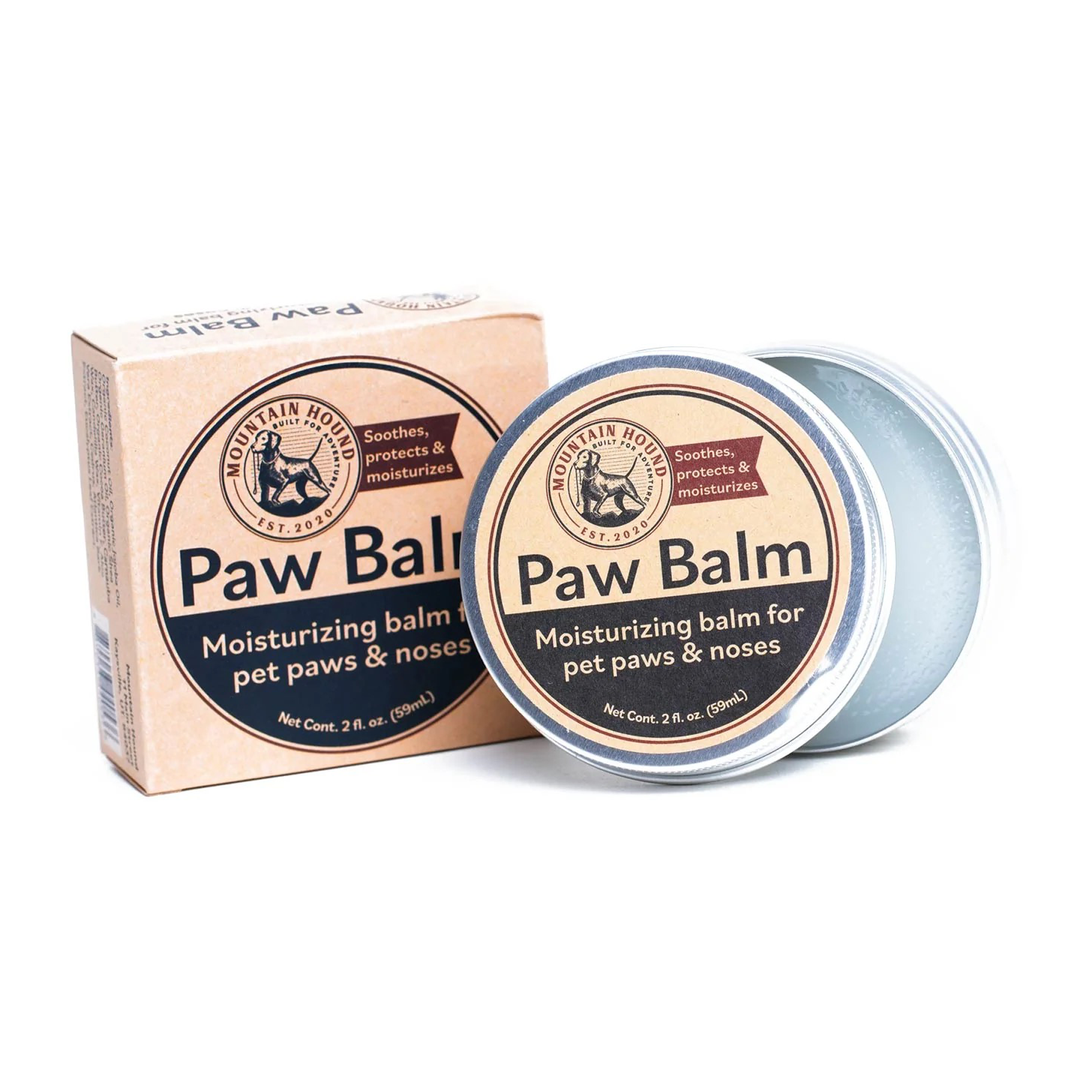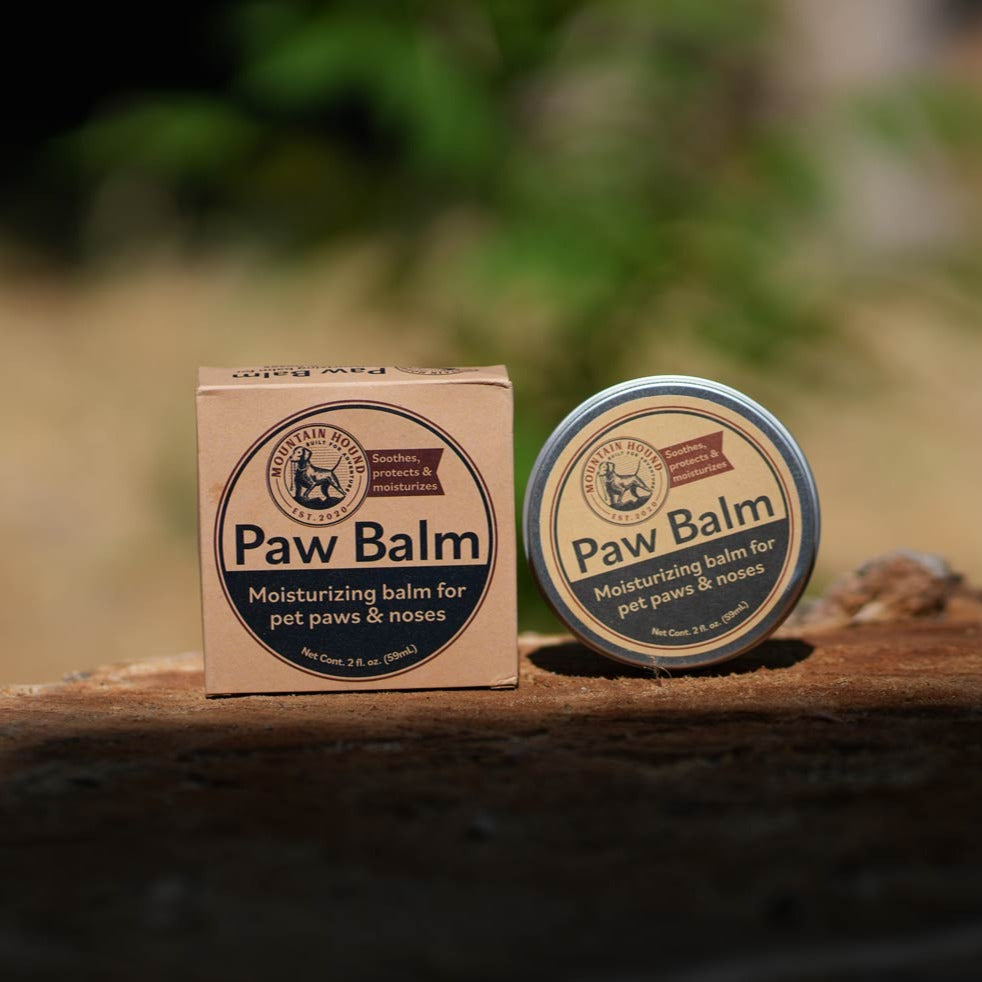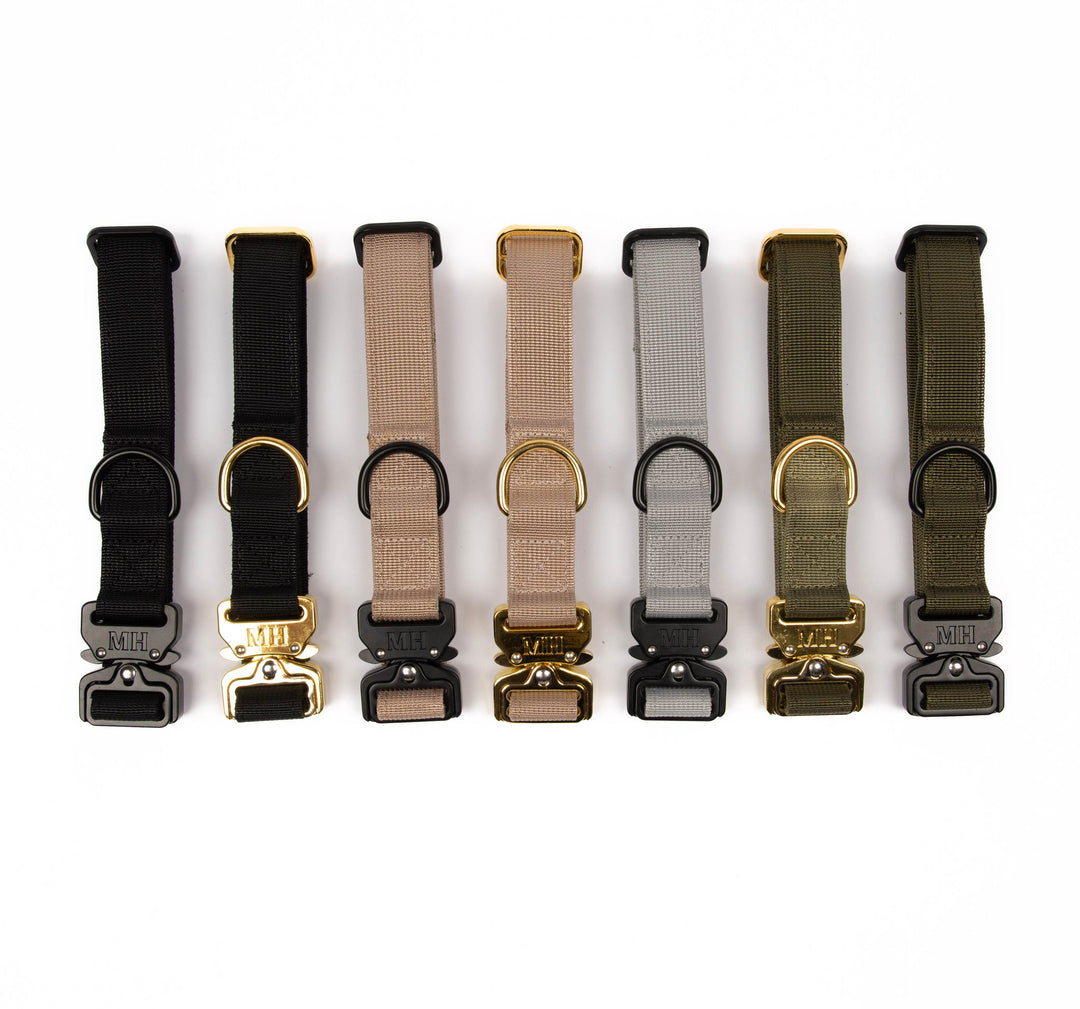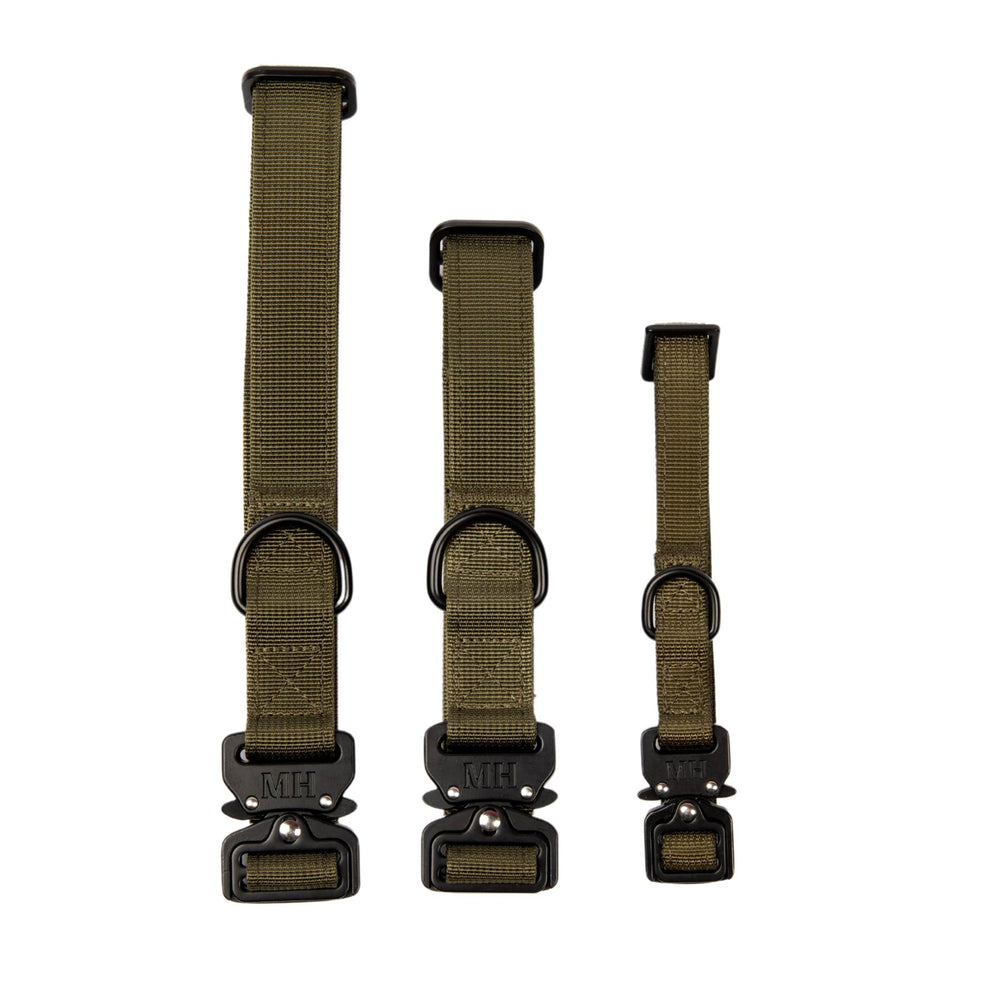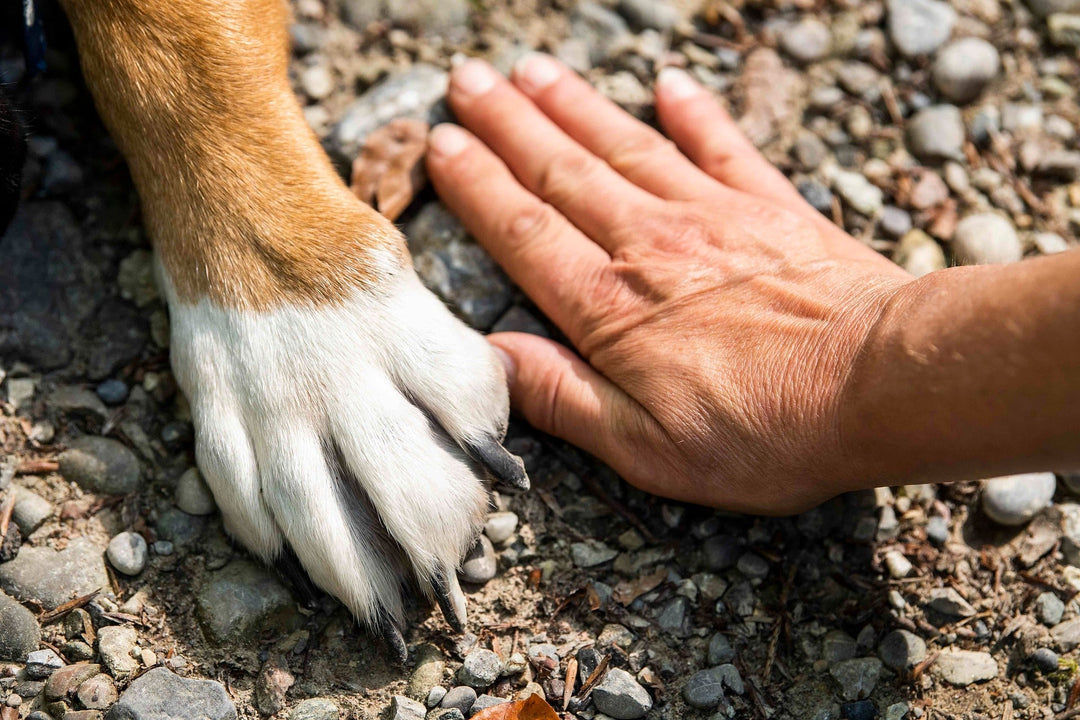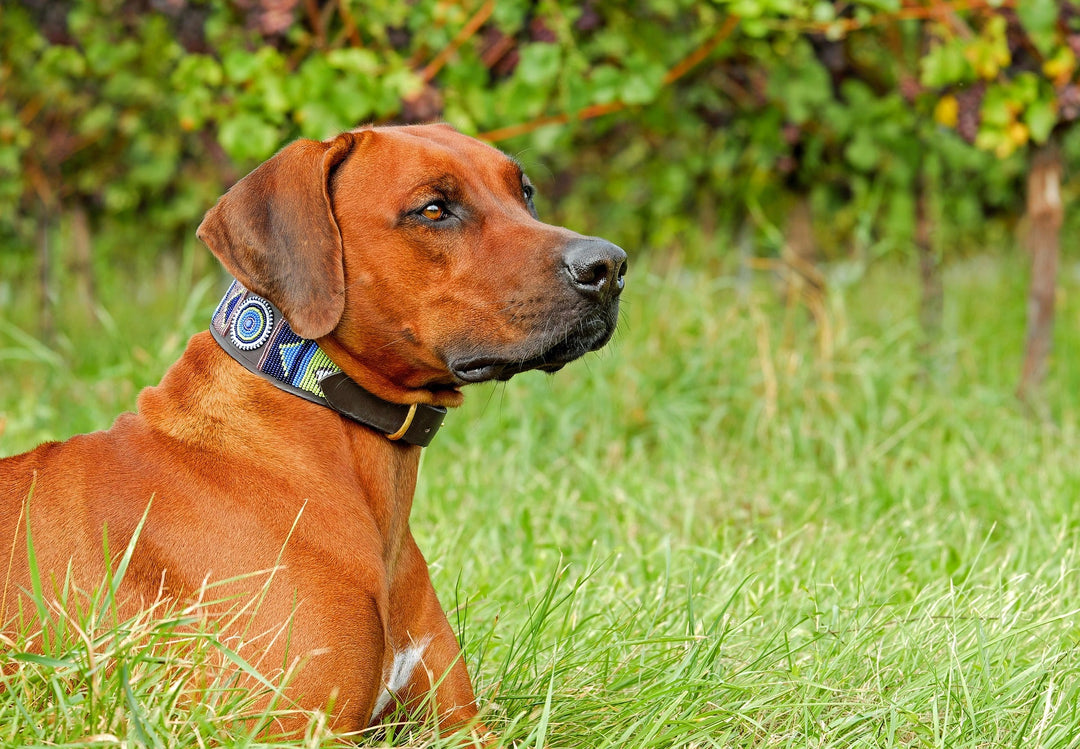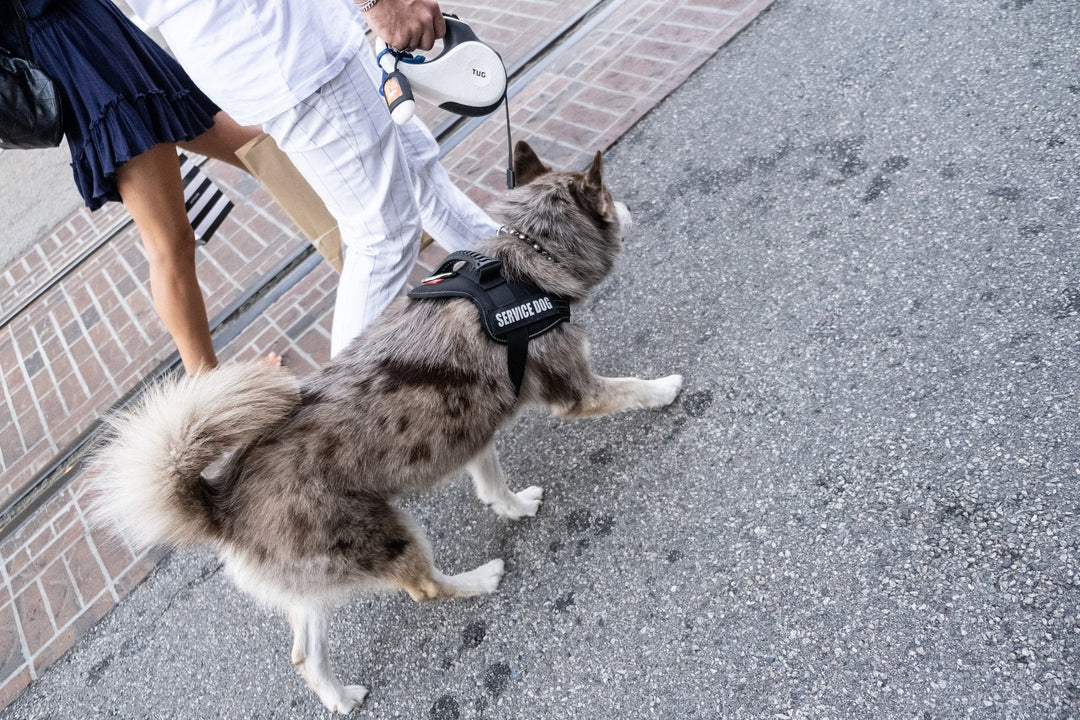6 Essential Steps for Calming Your Anxious Pooch

Dogs can suffer from anxiety, just like people do. However, unlike dogs, we humans tend to have better coping skills and, as a result, don't resort to howling, barking or chewing the furniture (well, most of the time!).
Of course, our hounds can't make themselves a cup of soothing chamomile tea or practice mindfulness and breathing exercises. So, when it comes to anxiety in dogs, they have no other way of expressing their unease except with negative behaviors! Cue the werewolf howls and demonic style scrabbling into your lap.
In most cases, this manifests as separation anxiety in dogs when they are left alone. If you have an anxious hound, you know that even the jingle of the house key is seen as an adequate reason to start a canine rendition of 'blue moon' before you've shut the door!
In other cases, it might be generalized anxiety or a reaction to a specific situation (like a thunderstorm or fireworks). In these instances, your dog may cower behind the sofa or pace restlessly, seeking a place to hide. No matter what the cause, dog anxiety can be very debilitating for your dog and extremely frustrating for you, the owner.
In this blog post, we will discuss six essential steps that you can take to help calm your anxious pup and have them tapping into their inner zen in no time!
6 Steps for Calming Anxiety in Dogs
1. Identify the Trigger
First, it is important to understand what is causing your dog's anxiety. If you can identify the cause, you can often help to ease your dog's anxiety simply by avoiding the trigger. Dog anxiety triggers may include, loud noises, bad weather, new environments or even changes in routine.
2. Provide Safety
Secondly, provide your dog with a safe space where they can go to feel calm and relaxed. This might be a cozy dog bed or a specific room in your home.
3. Secure Your Home
Next, dog-proof your home to help reduce any potential sources of anxiety. For example, if your dog is afraid of thunderstorms, ensure that all windows and doors are properly secured so they cannot escape during a storm. Hunting for your hound in the dark, wind, and rain is not a bonding experience any pet parent should have to go through!
4. Exercise and Distraction
Another important step is to provide your dog with plenty of exercise. A tired dog is often a calm dog, so make sure to give your furry friend plenty of opportunities to run and play. In addition, clever distractions like 'lick-mats' smeared in peanut butter ensure your dog remains chilled in even the most stressful situations.
5. Calming Aids
Consider using dog calming aids such as Adaptil® or Rescue Remedy®. These products can help ease separation anxiety in dogs without using medication. Instead, simply plug the calming aid into the power socket and watch your dog's anxiety evaporate in minutes.
6. Patience and Consistency
Finally, remember to be patient and consistent with your dog. It may take some time for them to overcome their anxiety, but with patience and love, they will eventually get there!
Getting it Together
Following these six essential steps can help ease your dog's anxiety and make them feel more relaxed in stressful situations. Remember your dog isn't behaving this way to upset you, anxiety in dogs is a very real condition, but with a little help and a lot of love, your hound will soon be as cool as the proverbial cucumber.
Photo by Matthew Henry on Unsplash
